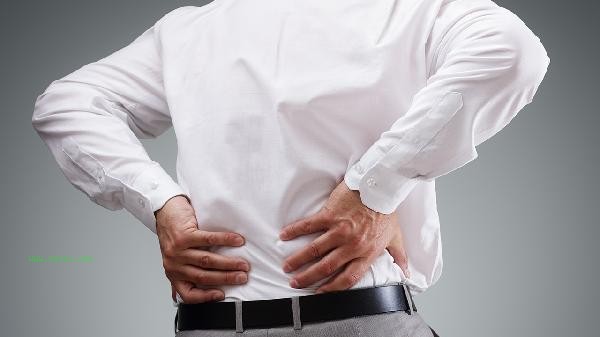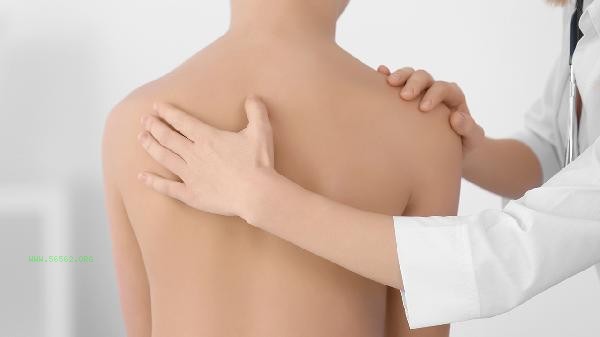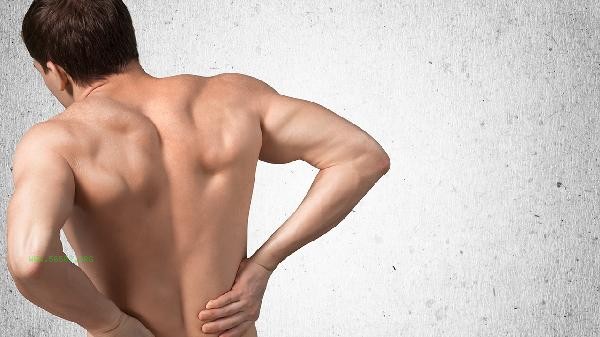Back pain during menopause may be related to factors such as decreased hormone levels, osteoporosis, muscle strain, psychological stress, and degenerative diseases. Reduced estrogen levels in menopausal women can lead to accelerated bone loss, decreased spinal stability, and chronic pain caused by muscle and ligament relaxation.

1. Decreased hormone levels
Estrogen has the effect of inhibiting osteoclast activity. After menopause, ovarian function declines and estrogen levels sharply decrease, leading to greater bone resorption than bone formation. This change can cause the trabecular structure of the vertebral body to become sparse, weaken the weight-bearing capacity of the spine, and lead to back pain or dull pain, which may worsen after prolonged standing or sitting.
2. Osteoporosis
Postmenopausal osteoporosis patients have significantly reduced vertebral bone density, and slight external force can cause vertebral compression deformation. This pathological change can cause abnormal physiological curvature of the spine, and the back muscles remain in a compensatory tension state, manifested as stiffness in the morning and soreness after activity. In severe cases, vertebral fractures may occur.
3. Muscle strain
Reduced estrogen levels can also affect collagen synthesis, leading to decreased elasticity of tendons and ligaments. Menopausal women often experience excessive fatigue of their back muscles such as erector spinae and trapezius due to household chores or poor posture, leading to local aseptic inflammation. The pain is characterized by aggravated compression and accompanied by muscle spasms and nodules.

4. Psychological stress
Menopausal emotional fluctuations and sleep disorders can lead to increased pain sensitivity. The stress hormones secreted by the human body during anxiety and depression may exacerbate muscle tension, forming a vicious cycle of pain tension more pain. This type of pain is often located irregularly and accompanied by somatic symptoms such as chest tightness and palpitations.
5. Degenerative changes
Aging accelerates spinal degenerative changes, including disc dehydration and protrusion, small joint hyperplasia, etc. These structural changes may compress nerve roots or stimulate surrounding soft tissues, causing radiating pain, typically manifested as significant pain when lying flat at night and slight relief after activity.

It is recommended that menopausal women consume 800-1000 milligrams of calcium and 400-800 units of vitamin D daily, and can choose foods such as dairy products, soy products, and dark green vegetables. Perform 3-5 weight bearing exercises such as brisk walking and Tai Chi every week, combined with yoga stretching to improve muscle flexibility. Bone density test should be performed when the pain lasts. If necessary, anti osteoporosis drugs such as alendronate sodium and zoledronic acid should be used under the guidance of doctors, or flurbiprofen gel paste should be used locally to alleviate symptoms. Maintaining a regular schedule and actively socializing can help alleviate the impact of psychological factors on pain.




Comments (0)
Leave a Comment
No comments yet
Be the first to share your thoughts!